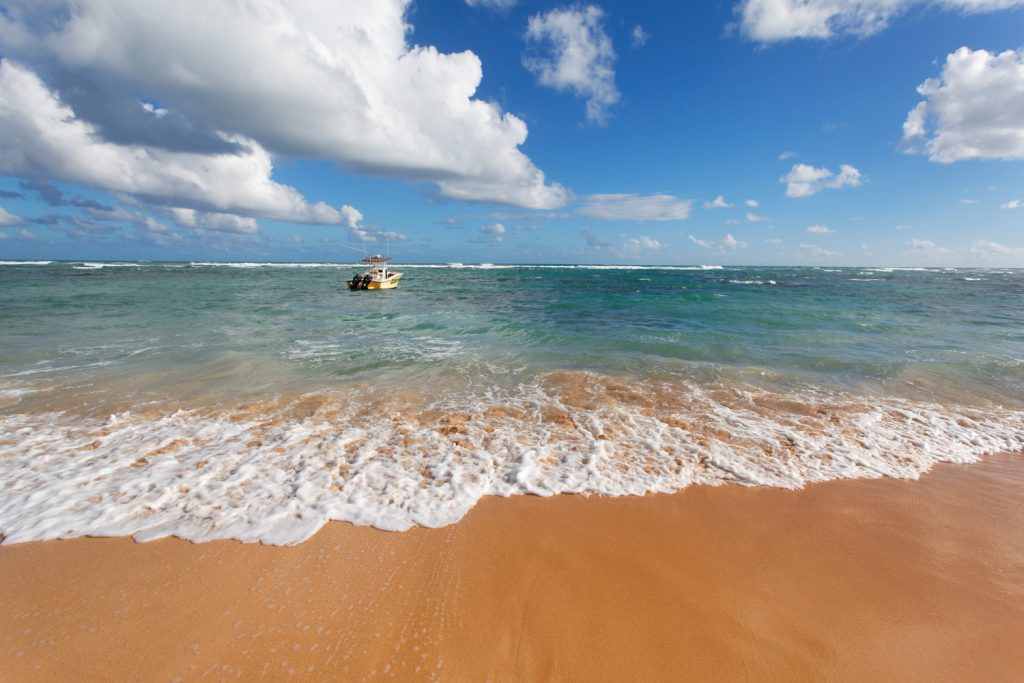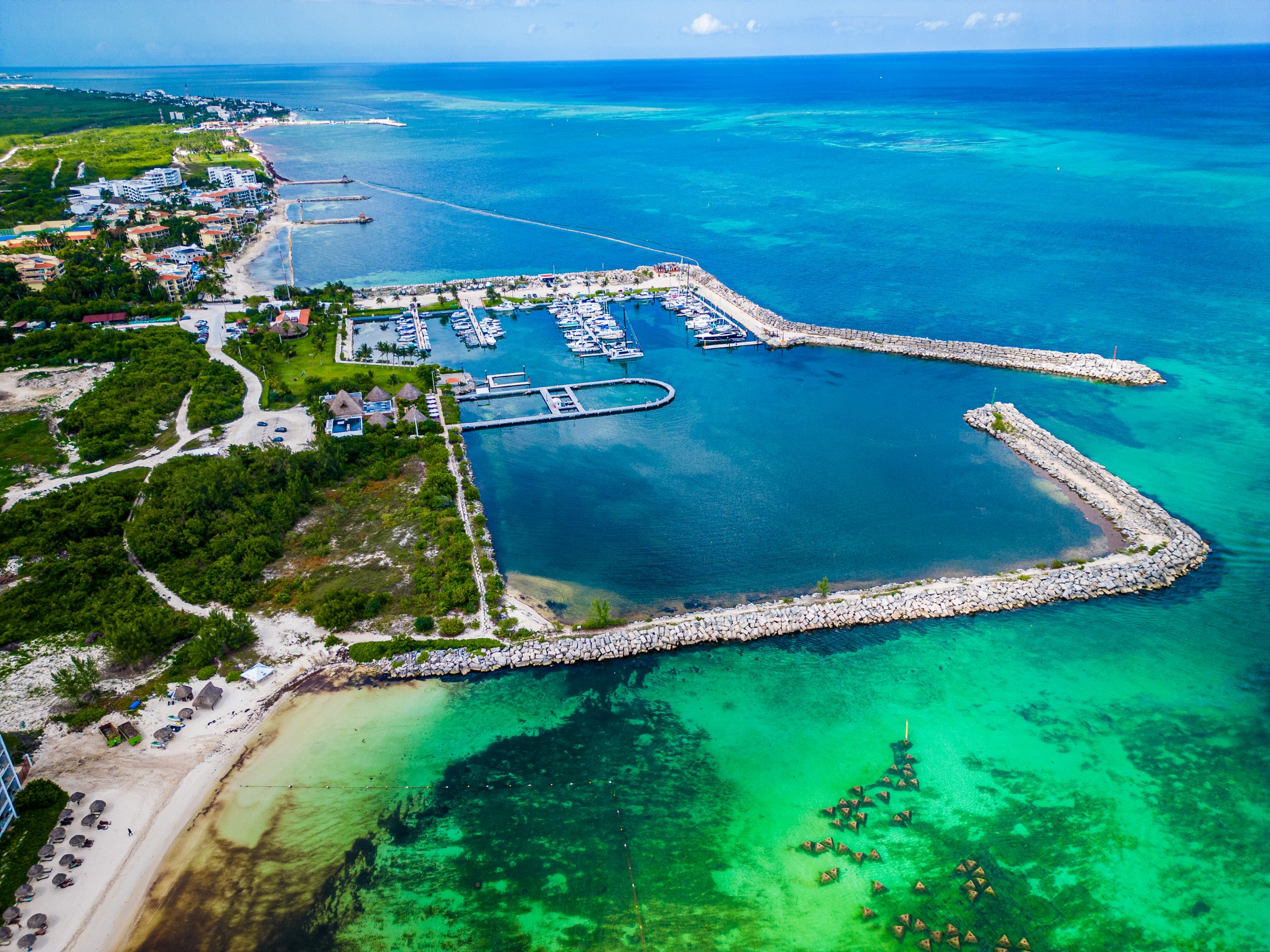After several challenging seasons brought on by travel restrictions and global uncertainty, Caribbean marinas welcome back boaters with open arms. From the crystal-clear waters of the Virgin Islands to the calm bays of Grenada and Saint Lucia, marinas across the region are once again bustling with activity. The renewed energy is not only a relief for marina operators but also a welcome invitation for those longing to explore the tropical charm of the Caribbean.
A New Chapter for Caribbean Marinas
Throughout the past few years, many marinas had to temporarily shut down or operate at reduced capacity. The impact was felt not only by tourists but also by local economies that rely heavily on maritime tourism. Now, as vaccination rates have improved and international travel resumes, Caribbean marinas welcome back boaters eager for a fresh start.
This season is different. Enhanced safety protocols, upgraded facilities, and a warm reception are redefining the experience for sailors and yachters. With their strategic locations, many of these marinas are more than just docking spots—they’re entry points to paradise.
Virgin Islands Leading the Comeback
Among the most active regions in this resurgence are the Virgin Islands. Both the U.S. Virgin Islands and British Virgin Islands have taken steps to make marina access easier and safer. With simplified check-in procedures, improved digital platforms for clearance, and upgraded services at each marina, the Virgin Islands are setting an example for other Caribbean destinations.
Boaters arriving in places like St. Thomas or Tortola will notice more than just convenience. Clean docks, full-service amenities, and expanded harbor services are making these islands more appealing than ever. Whether for long-term mooring or short stays, the marina infrastructure here is impressively modern.
Caribbean Marinas: A Key to Nautical Tourism
The role of Caribbean marinas in regional tourism cannot be overstated. They’re not only crucial hubs for yachts and cruisers but also pivotal for luxury travel. In destinations like Antigua, Saint Martin, and Puerto Rico, marinas support restaurants, boutique hotels, and beach resorts.
More than 70% of high-end travelers in the Caribbean arrive by sea, making these marinas central to economic revival. According to a recent report by the Caribbean Tourism Organization, nautical tourism is expected to grow by 20% in 2025. That’s a promising outlook for a region where blue-water sailing and snorkeling are often the highlights of any visit.

A Haven of Facilities and Services
What draws boaters to return is not only the natural beauty but also the quality of marina services. Many facilities have undergone renovations during the downtime. From state-of-the-art fuel docks to luxury spas and five-star dining, the Caribbean marinas are offering more than just a slip for the night.
In Marigot Bay, Saint Lucia, the harbor has become a hub for international sailors. It’s a place where superyachts share dock space with local catamarans. A similar vibe is found at Port Louis Marina in Grenada, where full provisioning services, customs clearance, and 24-hour security ensure peace of mind.
Transitioning through these marinas often feels seamless. Clear signage, multilingual staff, and mobile booking apps make the process feel more like checking into a resort than docking at a harbor.
Environmental Awareness and Sustainability
Another key trend in this reopening phase is sustainability. As Caribbean marinas welcome back boaters, there’s growing emphasis on preserving the marine ecosystem. Programs promoting responsible anchoring, reef protection, and waste management have been launched in several countries across the region.
For instance, in the Virgin Islands, marinas now encourage the use of eco-moorings to protect coral beds. Some have partnered with environmental groups to conduct regular underwater cleanups and educate visitors about local marine life.
This eco-conscious approach resonates well with the modern sailor, who often seeks out destinations that prioritize the health of the sea. And for Caribbean nations, it’s a long-term investment in the region’s most valuable resource—its stunning natural beauty.
Island Hopping Makes a Triumphant Return
With Caribbean marinas welcome back boaters, island hopping is once again a reality. The proximity of the islands, combined with reliable weather and steady trade winds, makes this region a dream come true for sailors. One can easily hop from Saint Kitts to Nevis, or from Martinique to Dominica, each journey offering a new flavor of island culture.
Moreover, many marinas now offer tailored itineraries and concierge services to help boaters explore multiple islands with ease. These curated experiences often include stops at hidden coves, snorkeling spots, and even local festivals.
The ability to sail from one island to another with minimal hassle is what makes the Caribbean unique. It’s not just a place; it’s an interconnected haven of adventure.
Marina Infrastructure: A Boater’s Perspective
Many boaters are noticing the improvements made during the hiatus. Dock infrastructure has been reinforced to withstand stronger storms, and several marinas have added deep-water berths to accommodate larger vessels. Wi-Fi connectivity has also become standard, even in more remote bays.
Take the Nanny Cay Marina in Tortola, for example. It now offers fiber-optic internet, a full-service boatyard, and even a beachside bar. Similarly, in the Virgin Islands, Yacht Haven Grande in St. Thomas continues to set the benchmark with its ultra-modern amenities and vibrant waterfront district.
According to seasoned cruiser James Holloway, who recently completed a voyage through the Lesser Antilles, “The upgrades are remarkable. Every marina I docked at felt more efficient, more welcoming, and far more luxurious than just a few years ago.”
Welcome Back Events and Festivals
Many Caribbean marinas are not just opening their gates—they’re throwing parties. Welcome back festivals, regattas, and night markets are becoming common across the region. These events celebrate the return of maritime tourism while offering visitors a taste of local culture.
At Jolly Harbour Marina in Antigua, weekly music nights have resumed, while Saint Martin’s Simpson Bay Marina is hosting a month-long series of sailing workshops and sunset cruises. These events not only boost the morale of the boating community but also stimulate local economies.
Such gatherings are proof that the Caribbean marinas welcome back boaters not as guests but as cherished members of the sailing world.
Tips for Boaters Planning to Visit
Before setting sail, there are a few important considerations to keep in mind:
- Check Entry Protocols: Though many restrictions have lifted, each Caribbean nation may have unique entry requirements for boaters.
- Use Marina Apps: Booking slips, arranging fuel deliveries, and checking tide charts is now often done digitally.
- Consider Off-Peak Travel: The shoulder seasons of May–June and September–October offer quieter harbors and better rates.
Boaters are also encouraged to respect local customs and support small businesses near the marinas they visit. This support plays a crucial role in the region’s recovery and continued growth.
Final Thoughts: A Blue-Water Comeback
As the sun sets over a calm harbor in Saint Lucia or the turquoise waters off the Virgin Islands, one thing is clear: the boating spirit is alive and well. With enhanced infrastructure, environmental commitment, and a revived sense of hospitality, Caribbean marinas welcome back boaters in every sense of the word.
Whether you’re a solo sailor, a yacht captain, or a first-time cruiser, there’s no better time to explore the many shores and marina havens of this remarkable region. The islands are ready, the marinas are open, and the sea is calling once again.


